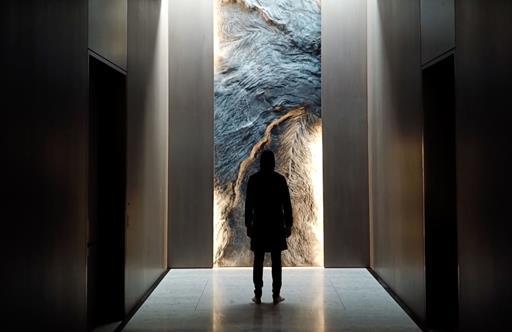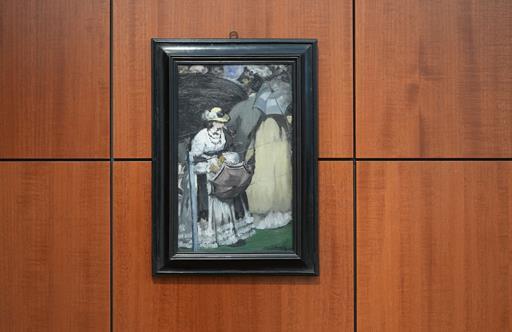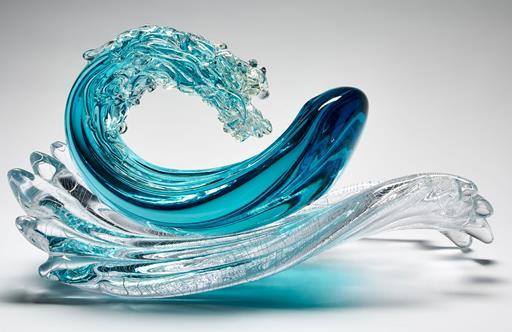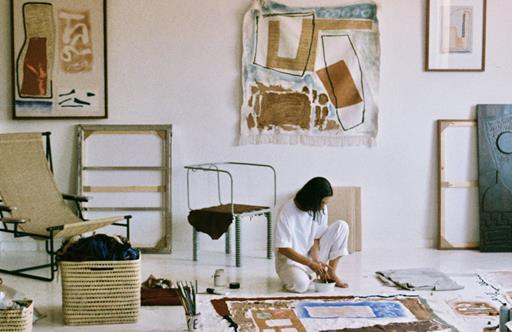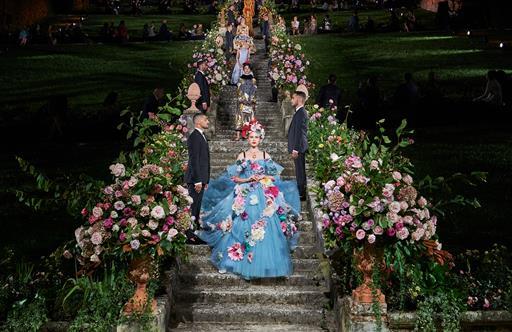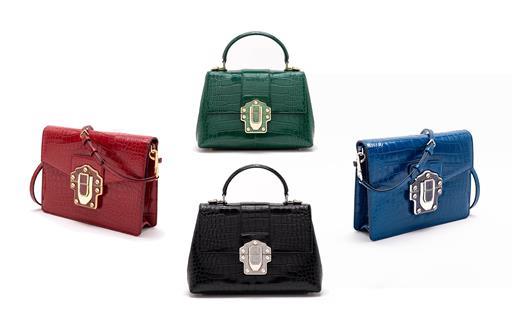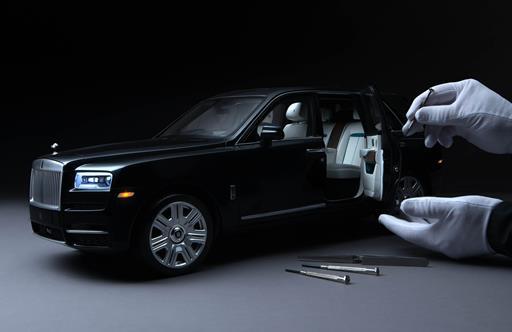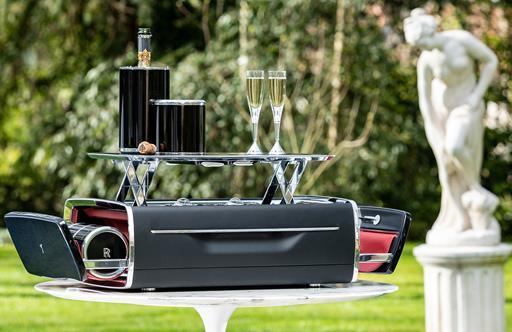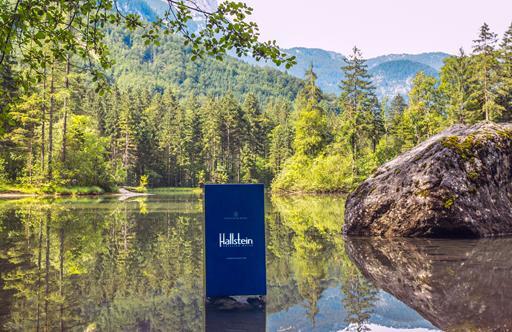The New Beaujolais
Long overshadowed by Burgundy, Beaujolais’ bruised reputation is being healed today by a new generation of vignerons making stunning, age-worthy wines.
France boasts several legendary wine regions, but, arguably, the only claim to fame for Beaujolais has been that of annually producing the country’s first passable plonk – Beaujolais Nouveau. In a marketing coup imagined by the Beaujolais wine merchant Georges Dubœuf, a local tradition celebrating the new vintage each November was transformed into a global event, gaining Beaujolais renown – if not respect – from New York to Tokyo starting in the 1970s. With money to be made, producers began pumping out huge volumes of bubblegum-redolent wine using homogenising, quasi-industrial methods from thermovinification to laboratory yeasts. Such excesses sullied the region’s reputation until oenophiles began seeing Beaujolais as the poor relation of French wine – or, rather, of Burgundy, its northern neighbour, to which Beaujolais is historically affiliated.
By the 2000s, the Nouveau party was over, leaving Beaujolais with a collective hangover – one Natasha Hughes MW remembers well. In 2003, a decade before becoming an award-winning Master of Wine, the Brit travelled to France to write an entry on Beaujolais for Oz Clarke’s Wine Guide. “Beaujolais was in a crisis,” she recalls. “The region was depressed economically, the vignerons were depressed emotionally.”
Yet Hughes was struck by the beauty of the landscape, this postcard-perfect wine country with hilltop villages and steep vineyards of old bush vines planted over slopes of pink granite, blue diorite and red limestone. “Driving around the region and seeing this geological complexity, with these gnarly old gamay vines planted on slopes of widely varying exposures, steepness and altitudes, I had a growing sense of this region’s unrealised potential,” she says. “I mean, if you [listed] the things that can create terroir-driven complexity in wine, Beaujolais pretty much hits them all.”
 Stephanie Ginger
Stephanie Ginger
Two decades later, that potential is being fulfilled at last – and Hughes is back in Beaujolais. Her new book, The Wines of Beaujolais, to be published in October 2025, is the latest addition to the Classic Wine Library. The fact that one of the UK’s most renowned series of fine-wine guides would shine a light on Beaujolais is just the most recent herald of a sea change under way. In recent years, bottlings from the Beaujolais appellation and its 10 “crus” (Fleurie, Moulin-à-Vent, Morgon etc) have begun receiving unprecedented critical praise.
At the 2022 Decanter World Wine Awards, a beaujolais was awarded Best in Show for the first time in the competition’s history (Domaine du Mont Verrier’s 2020 Fleurie “La Tonne”). Last year, two beaujolais received the competition’s top award (a Morgon and a Moulin-à-Vent from Domaine de Colonat). Likewise, beaujolais has begun to regularly receive eye-popping scores from critics like James Suckling, including the extraordinary honour of a perfect 100-point rating for the same wine two consecutive years (Domaine Anita’s Moulin-à-Vent “Cœur de Vigneronne”). Meanwhile, sommeliers are increasingly serving beaujolais with dishes traditionally paired with fine pinot noir or syrah.
Such developments convinced Hughes – and her publisher – it was time to revise our understanding of Beaujolais. After visiting hundreds of estates in the last two years, a new portrait has emerged. “This formerly insular region has been transformed by a younger generation of winemakers,” says Hughes. Buoyed by fresh ideas and a warming climate, they’ve abandoned bargain beaujolais and adopted Burgundian methods to create profound, age-worthy wines that are finally revealing the hitherto unfathomed complexity of the Beaujolais terroir. © Château de Poncié
© Château de Poncié
So, what ignited the revolution? Hughes traces the first sparks back to several pioneers who rose in opposition to the Nouveau frenzy in the 1990s. Among them were four rebellious producers in Morgon – Marcel Lapierre, Jean Foillard, Jean-Paul Thévenet and Guy Breton. Famously dubbed the “Gang of Four” by their charismatic American importer, Kermit Lynch, their philosophy was inspired by the Beaujolais biochemist Jules Chauvet, who bemoaned the effects of harsh chemical interventions in the vineyard and cellar on the character of Beaujolais, advocating the use of indigenous yeasts, minimal sulphur and gentle semi-carbonic maceration (a type of fermentation using whole bunches of uncrushed grapes in air-tight vats) for making luscious, perfumed, fruit-forward wines.
Meanwhile, other Beaujolais pioneers shared the Gang’s belief in pesticide-free farming and natural fermentations, but experimented with other approaches in the cellar. “I finally settled on a burgundy-style vinification,” recalls Jean-Paul Brun of Domaine des Terres Dorées, whose wines were the first from Beaujolais to be imported by the respected Louis/Dressner Selections in the early 1990s. “For me, carbonic maceration limits the wine too much to the fruit, whereas I want to express the terroir and make wines that can age,” he adds.
For a region descending into crisis in the 2000s, with 40 per cent of producers lost compared to the 1980s, the commercial success of these pioneers who had chosen quality over quantity became a source of hope. “We owe them a lot,” says Etienne d’Hendecourt, commercial director for Château des Bachelards, a rising star of Cru Fleurie. “Winemakers like Lapierre and Brun refused to accept that image of beaujolais as a simple, homogenous wine. They remembered that, 80 years ago, some Cru Beaujolais cost more than Grand Cru Bordeaux and wanted to show we could still make beautiful wine.” © Château des Bachelards
© Château des Bachelards
During her research, Natasha Hughes has uncovered numerous accounts confirming that Beaujolais produced highly prized wines a century ago. “Our perception of Beaujolais as a region that has always been on its uppers is kind of a historical [fallacy],” she says. Many of the estates rehabilitating the image of Beaujolais today can trace their noble histories back to the Middle Ages. Take Château des Bachelards in Cru Fleurie, whose name (“place of god” in medieval French) recalls the Cluny monks who established an abbey here in 1,100AD.
When Countess Alexandra de Vazeilles acquired the estate in 2014, she introduced biodynamic viticulture, long, Burgundy-style fermentations, and created a single-vineyard bottling from the estate’s 1.8-ha clos – a unique terroir of pink granite, decomposed feldspar and blue clay surrounded by 1,000-year old walls – a wine the critic Stuart Pigott proclaimed “a giant of elegance, energy and finesse”. In 2022, Bachelards was acquired by Terres de Natures, a collection of exceptional properties and wine estates, including the Grand Cru Sauternes producer Château Guiraud. “For us, the attraction of Bachelards was its terroir,” says Sandrine Garbay, director of the viticultural wing of Terres de Natures. “There is a special atmosphere – you can feel it’s an estate with a soul.”
The same could be said of Château de Poncié in Fleurie, founded in 949 AD; Château des Jacques in Moulin-à-Vent, once a resting place along the pilgrims’ route of Santiago de Compostela; and Château de La Chaize in Brouilly, created in 1676 by the same architect and gardener as Versailles. All have undergone renovations of their vineyards, transitions towards sustainable, organic viticulture, and sought greater finesse and precision in the winery through new methods like grape destemming, cold macerations, indigenous yeasts, and concrete-egg or oak barrel-ageing. © Inter Beaujolais
© Inter Beaujolais
This rise in wine quality has brought the region critical acclaim, but also visitors. Oenophiles are returning to Beaujolais and rediscovering one of France’s most well-preserved viticultural regions, classified in 2018 as a Unesco Global Geopark. “The renewal of Beaujolais is also being driven by estates opening their doors to wine lovers,” says Garbay. “As estates like Bachelards have become destinations for wine tourism, we’ve seen the development of lodging and dining offerings throughout the region.” Wine lovers enjoy tastings, vineyard bicycle tours and gourmet picnics at Bachelards or Poncié, walk the formal gardens of one of France’s most beautiful wine châteaux at La Chaize, and dine and sleep at medieval estates transformed into luxury hotel-spas like Château de Bagnols and Château de Pizay.
Yet not all the estates revolutionising Beaujolais have ancient castles or gardens. Winemakers like the South Korean-born Mee Godard, the American Jonathan Pey, or Antoine and Maxime Graillot of Crozes-Hermitage may not be native to the region, but are handcrafting wines of such diversity, depth and sophistication they’re reshaping our idea of beaujolais. “There is a new wave of winemakers who, like me, chose this profession,” says Anita Neveu, a former professional cyclist from the rural region of Bresse. “They didn’t inherit an estate, they’ve arrived here with determination and a desire to make wines of quality with their own distinct identity.”  (photo: Denis Laveur)
(photo: Denis Laveur)
Founding Domaine Anita in 2015 from a kaleidoscope of vineyards that once supplied bulk wine to Georges Dubœuf, Neveu decided to highlight the character of her terroir by creating single-vineyard wines using old burgundy barrels (and a destemmer borrowed from Jean-Paul Brun). James Suckling awarded her 2022 “Coeur de Vigneronne”, from old Moulin-à-Vent vines, a perfect 100 points, declaring, “This mind-blowing wine … redefines what beaujolais can be.”
Such is the promise and challenge for Beaujolais today – it’s a region whose identity is in flux. With the gamay grape adapting well to global warming – ripening to new levels without necessarily losing freshness – the region’s light-bodied picnic reds are a thing of the past. Meanwhile, as top winemakers increasingly produce distinctive single-vineyard wines showcasing one of the region’s 300-plus soil types (the delicacy and perfume from pink granite, the broad-shouldered ripeness from blue diorite), beaujolais has become a wine of many faces. “High-quality beaujolais can look very pinot-ish with age,” says Natasha Hughes. “Alternatively, riper, more structured versions of the crus can look like côte-rôtie, with spice and sinewy tannins. Even chardonnays from estates like Domaine Dupré Goujon can pass for Meursault!” What’s certain, the author assures us, is that wine lovers can shelve that memory of bland “Bojo” Nouveau back in the 1990s. “This is a complex region, and I like complexity,” she enthuses. “It’s time to put Beaujolais back on the map as a wine region to be taken seriously.”
 © Inter Beaujolais
© Inter Beaujolais


